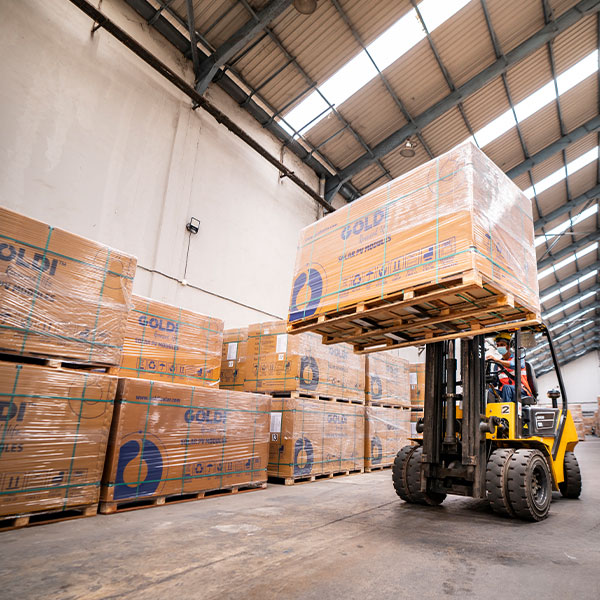Dual-Axis Solar Tracking System: Working, Advantages, and Limitations Explained
Curious to figure out the functioning of a dual axis solar tracking system? Read here to learn the features and uses of a dual axis solar tracker. The post Dual-Axis Solar Tracking System: Working, Advantages, and Limitations Explained appeared first on Rooftop Solar for your home and more - Blog | SolarSquare.
A dual-axis solar tracking system is an advanced mechanical device designed to move and adjust solar panels in response to the sun’s movement throughout the day, all year long. These trackers can rotate along two axes, horizontal and vertical. This movement lets solar panels follow the sun in all directions – east-west and north-south.
Since dual-axis trackers literally make the solar panels follow the sunlight instead of waiting for it to fall on the panels, their energy yield is significantly higher than that of fixed solar systems and solar panel systems adjusted with single-axis trackers.
This blog will guide you through the operation of dual-axis solar trackers, their advantages and disadvantages, and their various use cases. You’ll also have a clear answer to whether or not having a dual-axis solar tracking system is worth your money.
TL;DR Summary Box: Is a Dual-Axis Solar Tracking System a Worthy Investment?
A dual-axis solar tracker is a worthy investment for commercial rooftop systems and large, utility-scale solar power plants. However, if you’re planning to install a rooftop solar panel for home, dual-axis solar trackers aren’t required.
These trackers can substantially increase the maintenance cost of off-grid, hybrid, and on-grid solar systems because they contain many movable parts. Hence, it’s generally not recommended to install any kind of solar tracking device – single-axis or dual-axis – for homes.
Let’s quickly check out the key details about a dual-axis solar tracking system:
Aspect Description Definition A dual-axis solar tracking system is a device that moves across horizontal and vertical axes to allow solar panels to follow the sun’s direction (east-to-west and north-to-south) throughout the day, all year long. Energy boost 40-60% more than fixed solar energy systems Movement ability Moves across two axes: vertical and horizontal Cost factor Higher upfront setup costQuicker ROI (under 4 years) due to increased energy production Complexity More complex than single-axis solar tracking system
What is a Dual-Axis Solar Tracker?
A dual-axis solar tracker is an advanced solar tracking system that is designed to maximize the power output of solar panels by allowing them to follow the sun’s position from sunrise to sunset daily, and throughout seasonal shifts.
These trackers use motors that enable movement along both the horizontal (also referred to as Azimuth) and vertical (also known as Elevation) axes. As a result, solar panels are oriented nearly perpendicular to the sun’s rays throughout the day, significantly improving energy capture compared to fixed or single-axis on-grid or off-grid solar systems.
- The Azimuth axis: It controls horizontal rotation from east to west, following the sun’s daily path.
- The Elevation axis: It adjusts the angle of the solar panel up and down (vertical tilt) depending on the time of year, as the sun appears higher in the sky during summer and lower during winter.
The overall working mechanism of a dual-axis solar tracking system relies on two control methods, which are discussed in the upcoming sections.
Calculate your savings

Forecast your savings with solar on your investment on the SolarSquare’s plant

The Astronomical Tracking Algorithm
Based on GPS location, date, and time data, this tracking method calculates the sun’s position in the sky and adjusts the panels to point toward it, even if clouds block the sun.
It follows a simple chain of commands to make the panels move:
- GPS coordination: The system uses exact location on Earth (via GPS coordinates) and the current time to calculate where the sun should be in the sky, so it can point the solar panels in the right direction.
- Mathematical precision: Calculates exact sun position based on mathematical models.
- Weather independence: Operates independently of weather conditions
- Consistent accuracy: Provides reliable tracking performance throughout the year
The Light-Sensor Based Tracking
Light sensor-based tracking systems work similarly to how a sunflower turns toward the sun. They use sensors to detect the direction of the strongest sunlight in real time, and automatically move the solar panel to face that direction.
These trackers work in a particular order to align panels in the direction of the strongest sunlight:
- Real-time detection: Uses photovoltaic sensors to detect the brightest light source
- Dynamic adjustment: Adjusts panel position based on real-time light intensity
- Responsive operation: Responds to actual lighting conditions as they change
- Weather sensitivity: May struggle during cloudy or overcast conditions
How Does a Dual-Axis Solar Tracking System Work?
The dual-axis solar tracking system relies on several critical components working together to achieve precise sun-following capability.
Let’s check out how these different components come together and work in harmony to ensure solar panels are perpendicular to the sun from sunrise to sunset:
- Central control unit: This is the system’s brain. It receives data from GPS modules, light sensors, or astronomical algorithms, calculates the sun’s current position, and generates movement commands.
- Stepper motors or linear actuators: Acting on the control unit’s instructions, these components physically move the solar panels by either rotating them (stepper motors) or adjusting their tilt angle (linear actuators). They provide precise and repeatable motion.
- Gear systems: These gears transfer the motor’s motion smoothly to the solar panel, allowing it to rotate without jerky movements. They also help prevent what’s known as backlash, which is a small gap between moving parts that can cause slight delays or wobbling when the panel changes direction.
- Protective housing: All electronic and sensitive components are enclosed in weather-resistant housing that protects against rain, dust, heat, and corrosion, helping the system run reliably over time.
Single-Axis vs Dual-Axis Solar Trackers: What’s the Difference?
A single-axis solar tracker can move the solar panels in a solar PV system along one axis. It usually follows the sun’s east-to-west movement. On the other hand, a dual-axis solar tracking system is far more efficient than a single-axis solar tracking system since it can rotate along two axes, following the sun’s direction from east to west and north to south.
Let’s understand the key differences between the two types, as the variation in investment (and ROI) between them is substantial.
Feature Single-Axis Solar Tracking Device Dual-Axis Solar Tracking Device Movement axis One axis (typically east-west) Two axes (east-west and north-south) Energy increase 25-30% vs fixed solar panels* 40-60% vs fixed solar panels* Initial investment cost Lower (15-20% more than fixed solar PV systems)* Higher (20-30% more than fixed solar energy systems)* Mechanical complexity Moderate complexity High complexity Moving parts Fewer components More mechanical components Best applications Large solar farms, commercial rooftop solar systems Commercial solar systems with space constraintsLarge-scale rooftop solar systems for housing societies Terrain requirements Flat, sunny areas Any suitable solar site Payback period 5-10 years typically* Under 4 years*
*Disclaimer: All cost and performance figures are based on standard market estimates and can vary significantly based on location, solar system size, local conditions, and current market rates.
Did you know? The cost variation and ROI can further deepen based on whether you require the dual-axis solar tracker for an on-grid system or an off-grid system. The latter is more expensive, as it requires a battery bank (mostly a lithium battery bank, which is better than a lead-acid battery).
What Are the Benefits of Dual-Axis Solar Tracking Systems?
Dual-axis solar tracking systems offer substantial advantages, including higher energy production, faster payback, and better ROI, which can transform solar energy projects from good investments into exceptional ones.
The technology’s ability to maintain the solar panel orientation perpendicular to the sun throughout all daylight hours creates multiple benefits for system owners as discussed below.
- Maximum energy production: They maintain peak efficiency during morning and evening hours. It increases the energy output by 40-60%* compared to fixed solar systems. They also optimize energy capture during winter months when sun angles are lowest.
- Enhanced return on investment: Dual-axis solar trackers significantly boost energy output, which shortens the payback period. While single-axis systems typically take 5 to 10 years* to break even, dual-axis trackers can recover their costs in less than 4 years*.
- Space efficiency benefits: These trackers generate more power per square meter of land and reduce the total number of panels required to achieve the target power output.
- Operational advantages: The dual-axis trackers offer consistent peak power generation throughout daylight hours, reduce the impact of seasonal sun angle variations, and offer better performance during spring and fall.
*Disclaimer: All performance and payback figures are based on standard market estimates, and actual results may vary based on weather conditions, geographical location, weather patterns, installation quality, and system specifications.
What Are the Disadvantages of a Dual-Axis Solar Tracker?
While dual-axis solar tracking systems offer impressive energy gains, they present certain challenges that require careful consideration. Understanding these limitations will help you ensure your expectations from these trackers are realistic.
- Higher initial investment: Dual-axis solar trackers are 20-30%* more expensive than fixed solar system installations. The reasons behind the higher cost include complex mechanical components that increase material costs, additional labor expenses resulting from specialized installation requirements, and increased investment requirements for advanced control systems.
- Increased mechanical complexity: The presence of more moving parts creates additional failure points in dual-axis trackers. Weather exposure can also affect multiple mechanical components.
- Maintenance and operational concerns: In addition to periodic sensor cleaning and calibration, the motors, gears, and actuators in dual-axis trackers require regular maintenance to ensure smooth operation.
*Disclaimer: Efficiency improvements are based on standard market estimates and can vary based on geographical location, weather patterns, and installation quality.
Applications and Uses for Dual-Axis Solar Trackers
Dual-axis solar tracking systems excel in specific situations where maximizing energy output from each square meter of space is crucial and the benefits of higher energy production outweigh the additional cost of the solar panel system.
Understanding these ideal use cases, tabulated below, helps identify when this technology provides the greatest value.
Aspect Details Commercial and industrial applications Manufacturing facilities: Manufacturing facilities with high daytime energy demandsData centers: Data centers requiring consistent power generationMining operations: Mining operations in off-grid locations Specialized projects Research facilities: Research facilities studying solar panel performanceCSP systems: Concentrated solar power (CSP) systems requiring precise tracking Geographical considerations High irradiance regions: Regions with high solar irradiance levelsSeasonal variation areas: Areas with significant seasonal sun angle variationsLand-constrained sites: Sites where land availability is constrained
Conclusion
You need to closely evaluate whether investing in a dual-axis solar tracking system makes financial sense. This can be determined by comparing the upfront cost, ongoing maintenance, and the additional energy (and money) the system will generate over time.
Even though these systems are more expensive, they can still be a smart choice in commercial rooftop solar systems and utility-scale solar farms where the higher energy output leads to quicker payback and better returns.
In India, specifically, dual-axis solar trackers work best in areas with abundant sunshine, low dust levels, and high electricity prices, as these conditions help maximize their performance and return on investment. panels. In fact, it’s costlier than the single axis solar trackers too.
FAQs
Q1. What is the future scope of the dual-axis solar tracker?
Ans. Dual-axis solar trackers have a bright future as technology keeps getting better. Smart features, such as AI, can help the system adjust to weather conditions, identify and resolve issues before they occur, and operate more efficiently on its own. Moreover, new materials are making these trackers lighter, stronger, cheaper, and easier to install.
Q2. How much can a dual-axis solar tracking system improve the total amount of power produced in a photovoltaic system?
Ans. Installing a dual-axis solar tracker on a PV system can increase the energy production by 40-60%. This increase in power generation is a result of solar panels' ability to adjust their direction and maintain a perpendicular orientation to the sun from sunrise to sunset.
Q3. Can dual-axis trackers be retrofitted to existing fixed solar installations?
Ans. Adding dual-axis trackers to existing fixed solar panels usually doesn't make sense because it’s too complicated and expensive. Trackers need different foundations, supports, and wiring that fixed systems don’t have. Since all the moving parts and control systems need to work together from the start, it’s hard to just upgrade a fixed solar system.
The post Dual-Axis Solar Tracking System: Working, Advantages, and Limitations Explained appeared first on Rooftop Solar for your home and more - Blog | SolarSquare.
What's Your Reaction?





























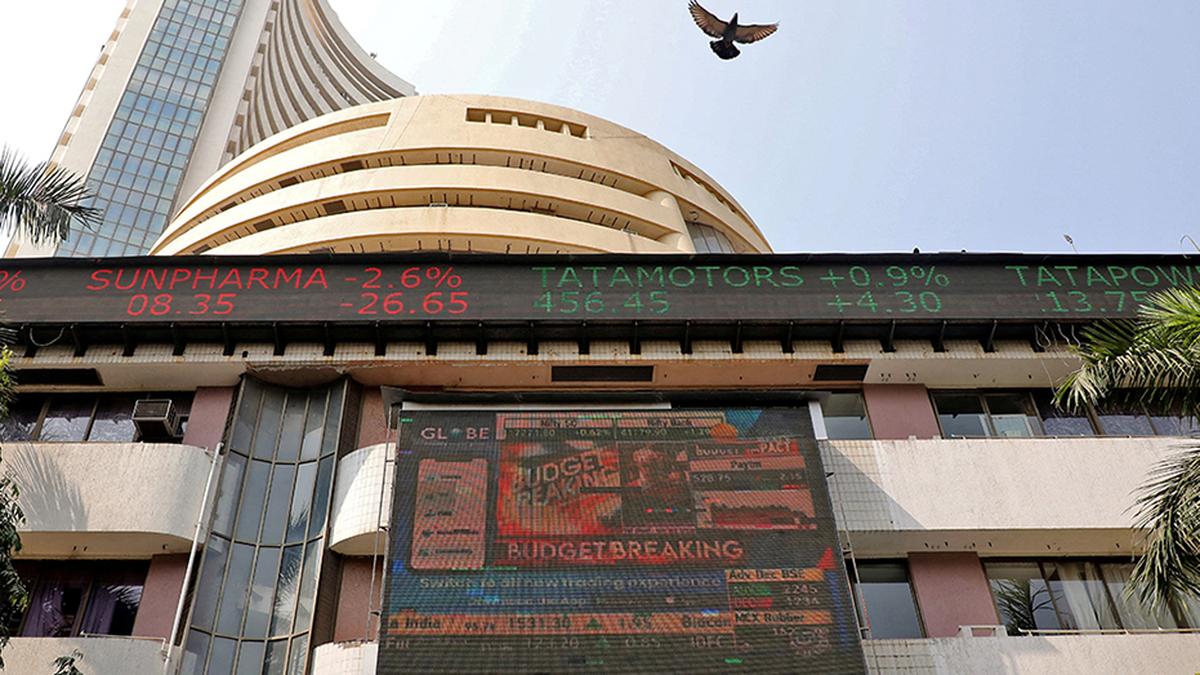


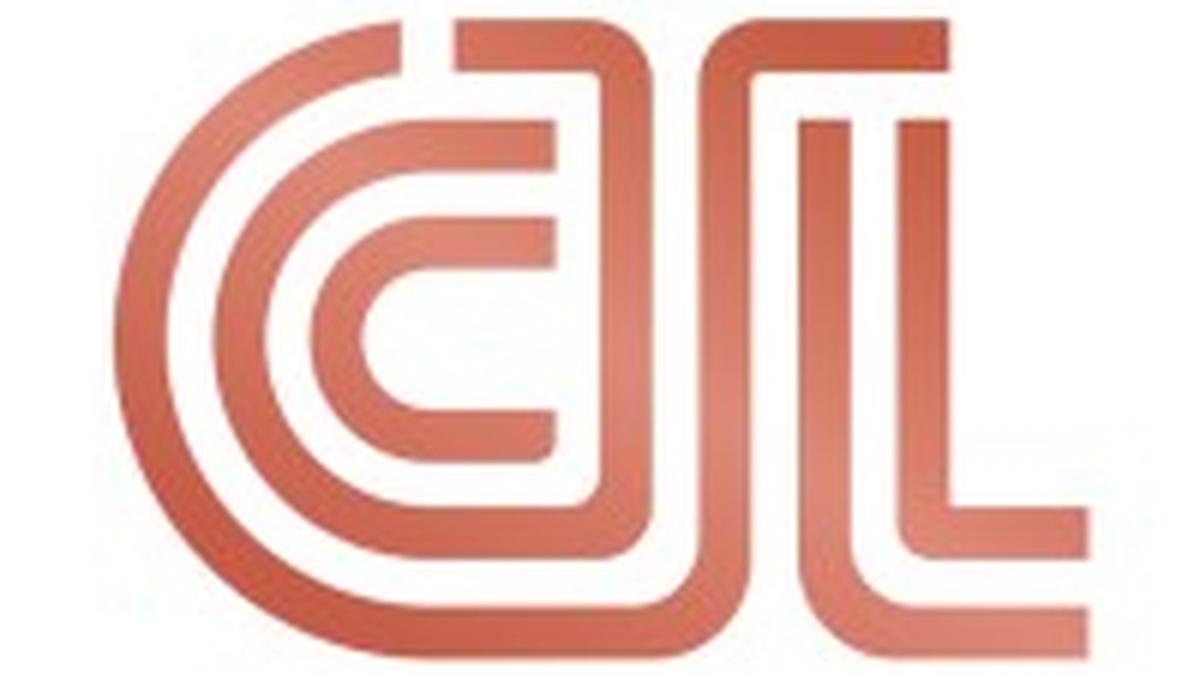
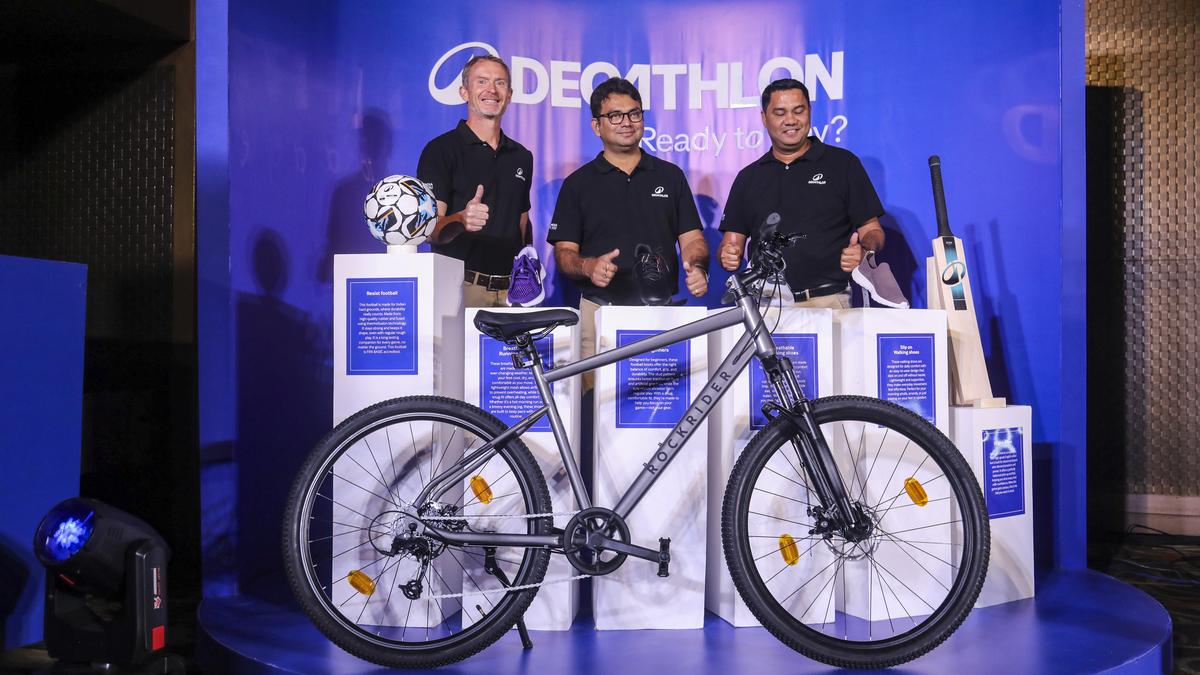












































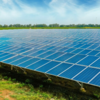
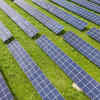
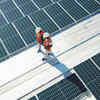





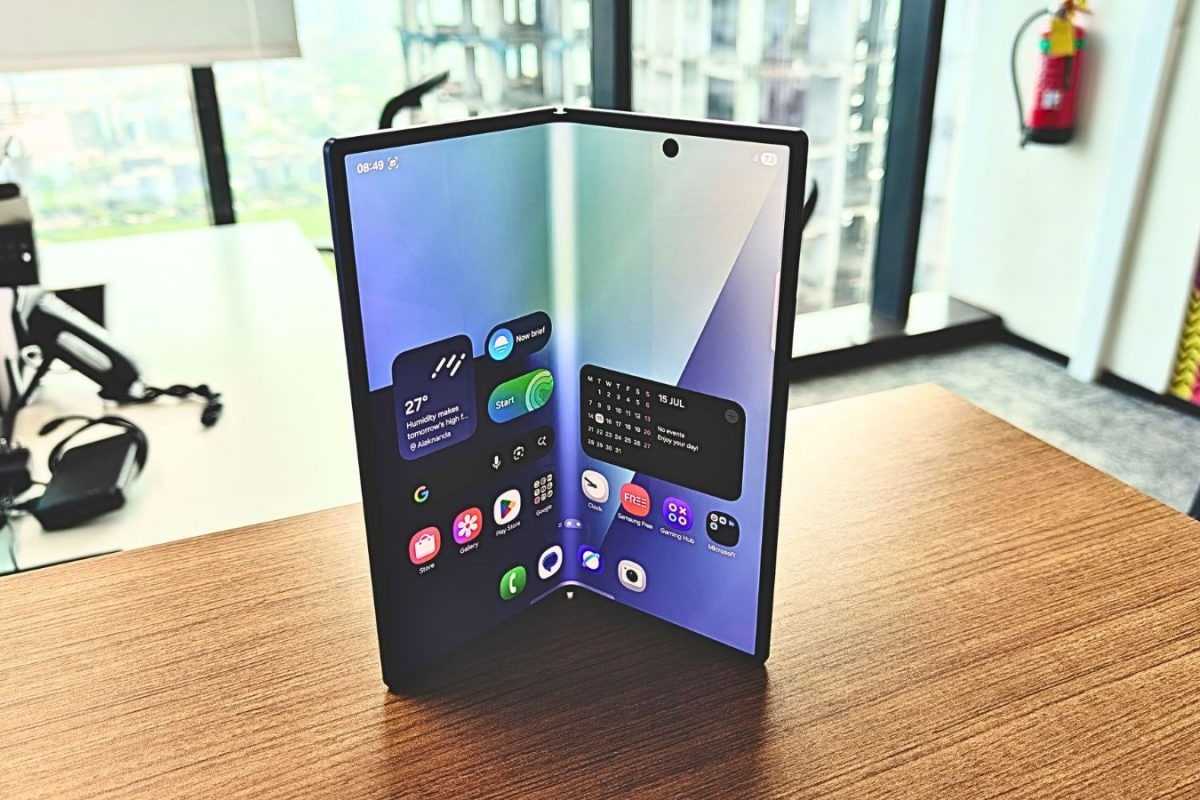
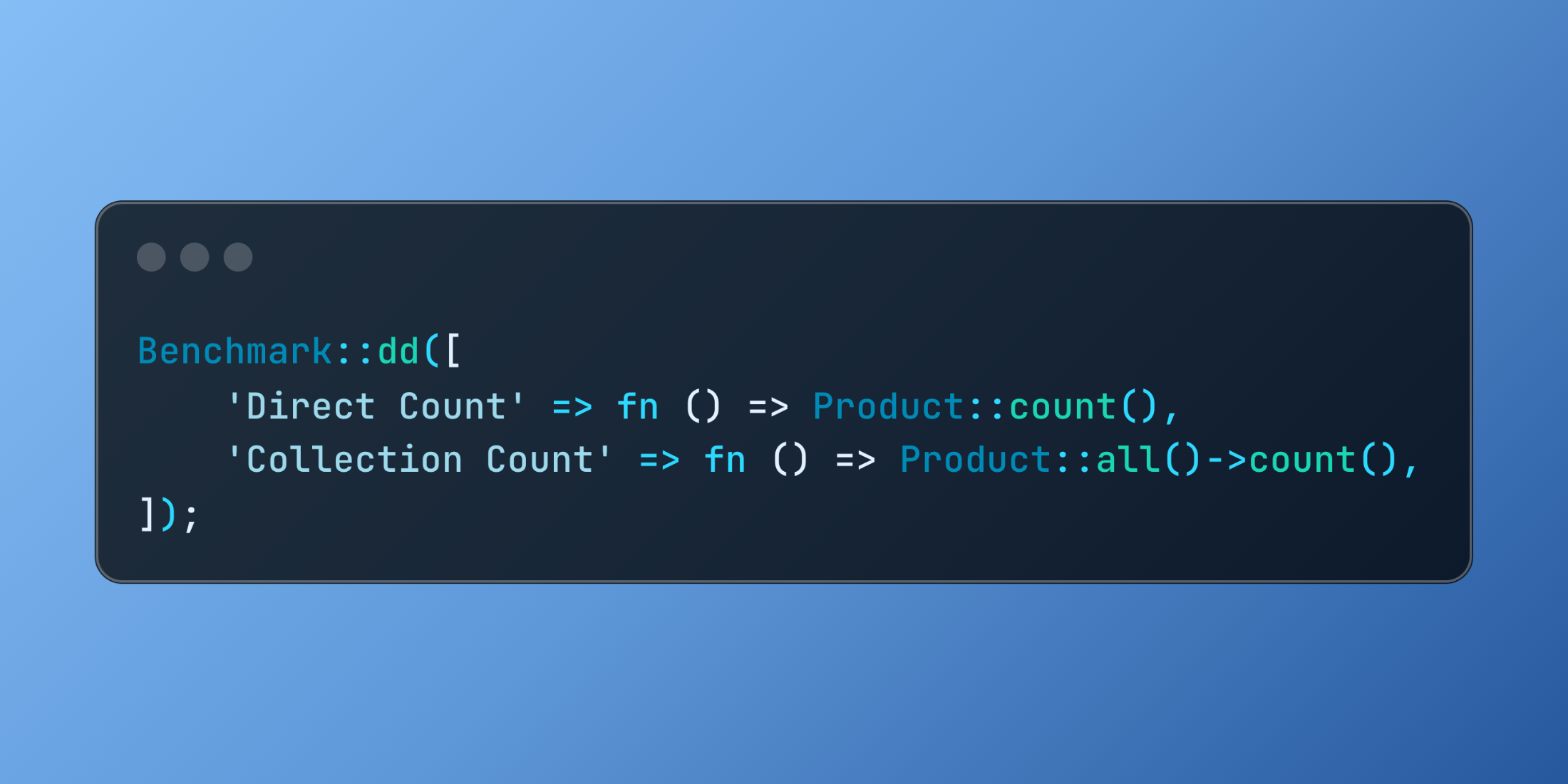
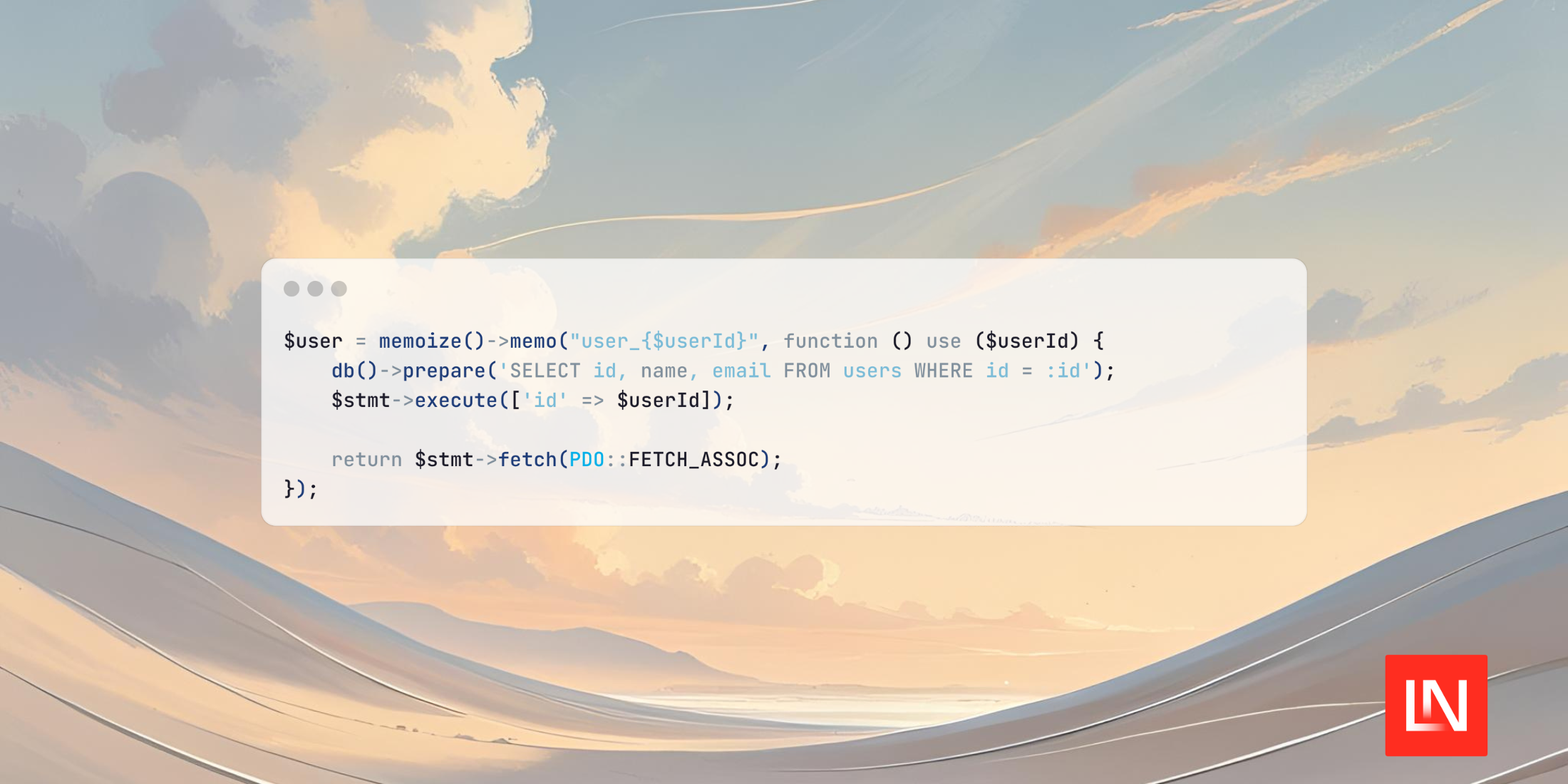
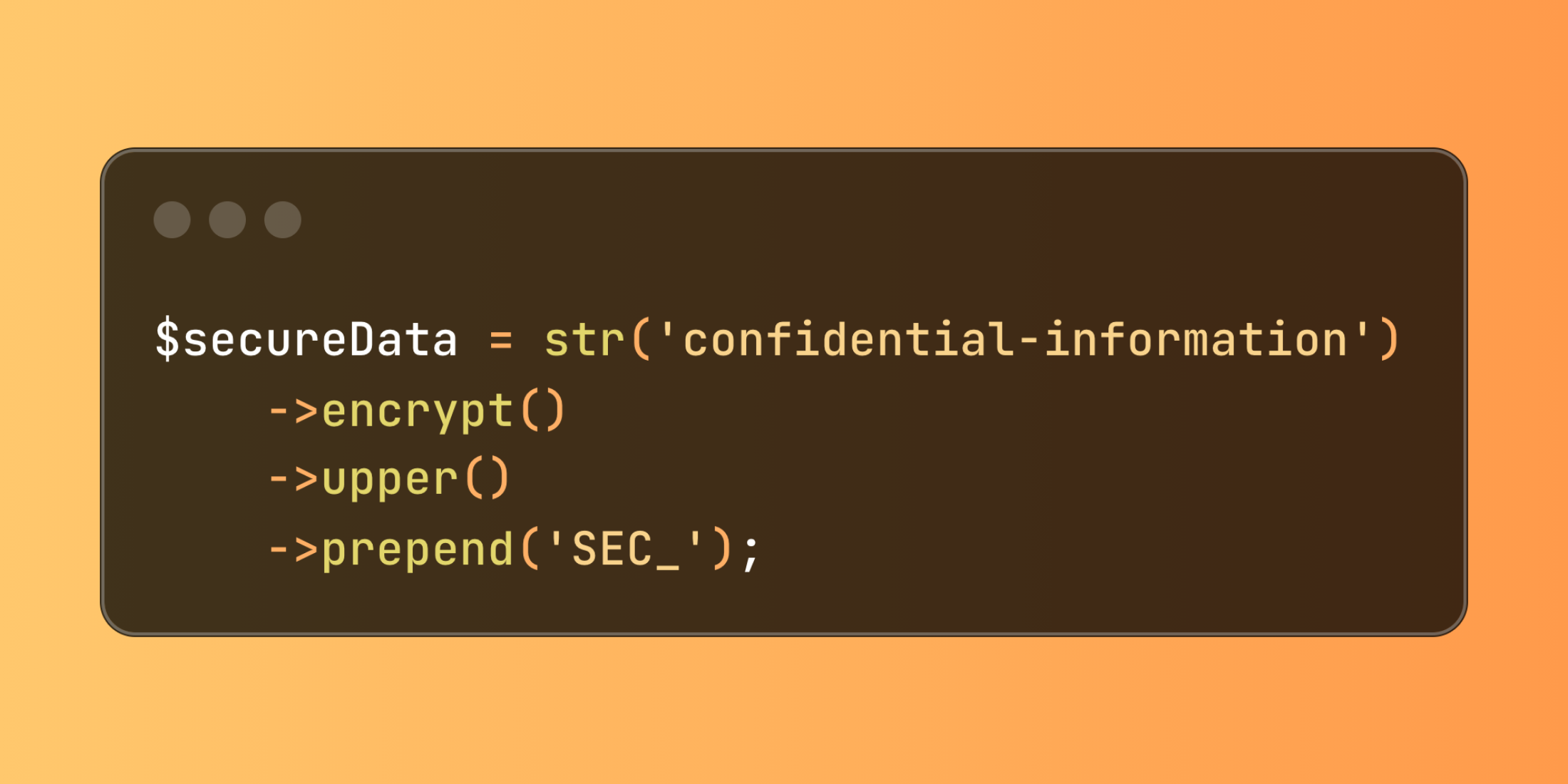







.svg)
